Cemetery Tours and Programming
AMERICAN ASSOCIATION FOR STATE AND LOCAL HISTORY
Book Series
Series Editor
Russell Lewis, Chicago History Museum
Editorial Advisory Board
Anne W. Ackerson, Leading by Design
William Bomar, University of Alabama Museums
Jessica Dorman, The Historic New Orleans Collection
W. Eric Emerson, South Carolina Department of Archives and History
Tim Grove, National Air and Space Museum
Ann E. McCleary, University of West Georgia
Laurie Ossman, Preservation Society of Newport County
Laura Roberts, Roberts Consulting
Sandra Smith, Heinz History Center
Kimberly Springle, Charles Sumner School Museum and Archives
Elizabeth Joan Van Allen, Kentucky Historical Society
William S. Walker, Cooperstown Graduate Program, SUNY Oneonta
Staff
Bob Beatty, AASLH
Charles Harmon, Rowman & Littlefield Publishers
About the Series
The American Association for State and Local History Book Series addresses issues critical to the field of state and local history through interpretive, intellectual, scholarly, and educational texts. To submit a proposal or manuscript to the series, please request proposal guidelines from AASLH headquarters: AASLH Editorial Board, 1717 Church St., Nashville, Tennessee 37203. Telephone: (615) 320-3203. Website: www.aaslh.org.
About the Organization
The American Association for State and Local History (AASLH) is a national history membership association headquartered in Nashville, Tennessee. AASLH provides leadership and support for its members who preserve and interpret state and local history in order to make the past more meaningful to all Americans. AASLH members are leaders in preserving, researching, and interpreting traces of the American past to connect the people, thoughts, and events of yesterday with the creative memories and abiding concerns of people, communities, and our nation today. In addition to sponsorship of this book series, AASLH publishes History News magazine, a newsletter, technical leaflets and reports, and other materials; confers prizes and awards in recognition of outstanding achievement in the field; supports a broad education program and other activities designed to help members work more effectively; and advocates on behalf of the discipline of history. To join AASLH, go to www.aaslh.org or contact Membership Services, AASLH, 1717 Church St., Nashville, TN 37203.
Cemetery Tours and Programming
A Guide

Rachel Wolgemuth
ROWMAN & LITTLEFIELD
Lanham Boulder New York London
Published by Rowman & Littlefield
A wholly owned subsidiary of The Rowman & Littlefield Publishing Group, Inc.
4501 Forbes Boulevard, Suite 200, Lanham, Maryland 20706
www.rowman.com
Unit A, Whitacre Mews, 26-34 Stannary Street, London SE11 4AB
Copyright 2016 by Rowman & Littlefield
All rights reserved . No part of this book may be reproduced in any form or by any electronic or mechanical means, including information storage and retrieval systems, without written permission from the publisher, except by a reviewer who may quote passages in a review.
British Library Cataloguing in Publication Information Available
Library of Congress Cataloging-in-Publication Data
Names: Wolgemuth, Rachel, author.
Title: Cemetery tours and programming : a guide / Rachel Wolgemuth.
Description: Lanham, Maryland : Rowman & Littlefield, 2016. | Series: American Association for State and Local History book series | Includes bibliographical references and index.
Identifiers: LCCN 2015042900| ISBN 9781442263178 (cloth : alk. paper) | ISBN 9781442263185 (pbk. : alk. paper) | ISBN 9781442263192 (electronic)
Subjects: LCSH: CemeteriesManagement. | CemeteriesRecreational use.
Classification: LCC GT3320 .W65 2016 | DDC 363.7/5068dc23 LC record available at http://lccn.loc.gov/2015042900
 The paper used in this publication meets the minimum requirements of American National Standard for Information SciencesPermanence of Paper for Printed Library Materials, ANSI/NISO Z39.48-1992.
The paper used in this publication meets the minimum requirements of American National Standard for Information SciencesPermanence of Paper for Printed Library Materials, ANSI/NISO Z39.48-1992.
Printed in the United States of America
Foreword
What is past is prologue. And what is the American cemetery but a window to our past and, indeed, a prologue to our worldly fate? That which tethers us to history softly communicates our future and, in doing so, may offer no better reason than to revel in the here and now. The American cemetery is a lesson on living just waiting to be learned. I can think of no better place to begin than within the pages of this text.
Perhaps you are reading this as a cemetery employee or volunteer seeking methods to commence or expand the programming of your site. Perhaps you are a community member interested in becoming involved in your own local cemetery. Perhaps you are a student of history, or simply fascinated in any subject offbeat and obscure. No matter your starting point, your understanding of cemeteries will evolve with the chapters herein, even if the perspective of society at large does not progress quite as quickly.
During the years I spent directing the programming and development efforts of Laurel Hill Cemetery, a National Historic Landmark located in Philadelphia, I received one question time and again from visitors. How on earth did you end up working in a cemetery? was second only to the hushed and hopeful query of Is this place haunted? It always seemed to me that people were astonished to discover that those of us associated with cemeteries are as normal and well balanced as the average citizen. I never found the need to explain why Igor himself had not instead emerged from the cemetery office to greet visitors, dragging his limp leg at one side and a rusty shovel at the other. Those persistent assumptions about all things cemetery related were targets ripe for elimination in my work at Laurel Hill from the beginning.
Society holds death at a distance, as something foreign, instead of the constant that inevitably unites us all. Our treatment of death defines our culture as much as, if not more so, than our approach toward life. At the same time, we are currently living through an era of unparalleled societal change. Questions of identity and ideals of normalcy are being challenged daily within and across races, genders, and classes. Perhaps this age of differences and dichotomies is the perfect time to reassess our relationship with death and dying. Those questions of identity do not dissipate once life is extinguished, after all. Our legacies linger. How do you want to be remembered after you die?
To envision where the American cemetery is going, you must first appreciate where it has been. Not unlike its European precursors, the institution of the American cemetery provided the dead their right to a peaceful and perpetual rest in a setting intended for the living to enjoy. Cemeteries were once sanctuaries where families could commune with their departed loved ones amid art and nature. They preceded public parks in America, and also predated the nations major museums, but they served the same functions in the decades between. Ultimately, cemeteries were founded for a multitude of uses, the housing of the dead being just one among them. As youll learn throughout this text, cemeteries were originally established and embraced as sites of education, recreation, and reflection.
Fast forward to the twenty-first century. Today, the American cemetery is confronted with unprecedented challenges. Aging sites of sepulcher face issues of expansion and availability, with diminished land inadequate to sustain profitable sales. As more Americans choose cremation and accept alternative forms of committal over traditional interment, contemporary cemeteries yielding abundant space are likewise confronting an uncertain tomorrow. Cemeteries must increasingly identify new ways to ensure their relevance for current and future generations. So through innovative public programs, enhanced recreational resources, and dynamic community partnerships, the American cemetery is now returning to its roots as a destination for the living. What is past is prologue, after all.
Next page
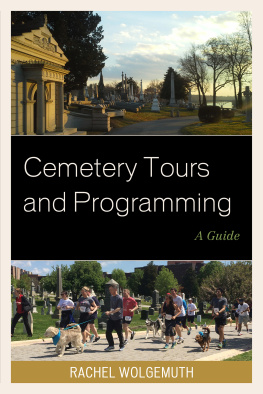
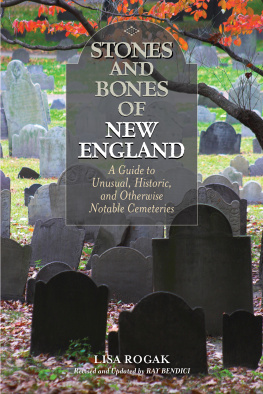

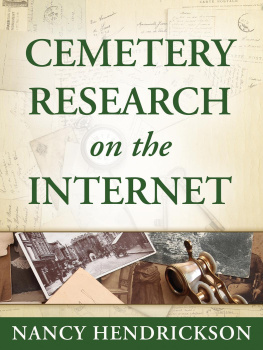

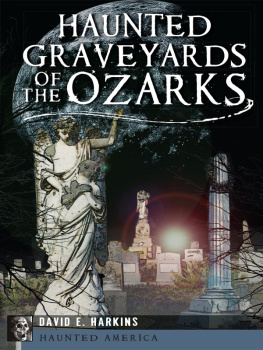

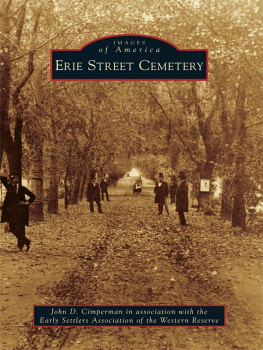

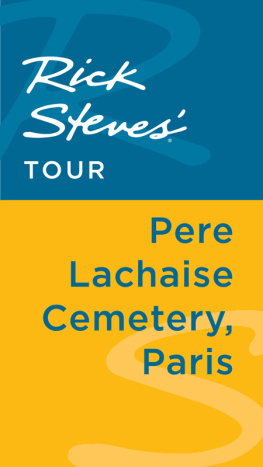

 The paper used in this publication meets the minimum requirements of American National Standard for Information SciencesPermanence of Paper for Printed Library Materials, ANSI/NISO Z39.48-1992.
The paper used in this publication meets the minimum requirements of American National Standard for Information SciencesPermanence of Paper for Printed Library Materials, ANSI/NISO Z39.48-1992.